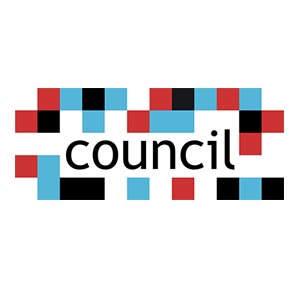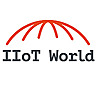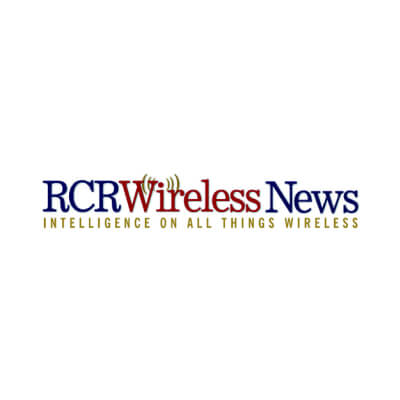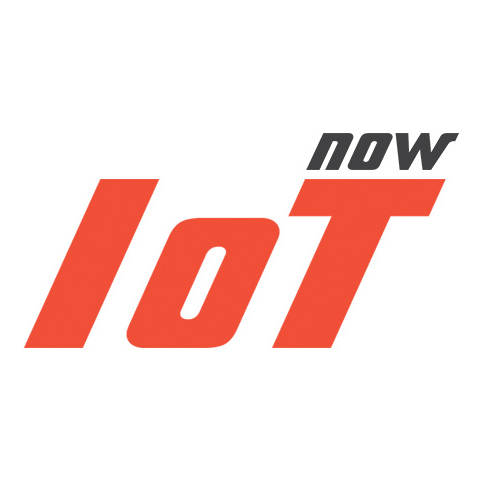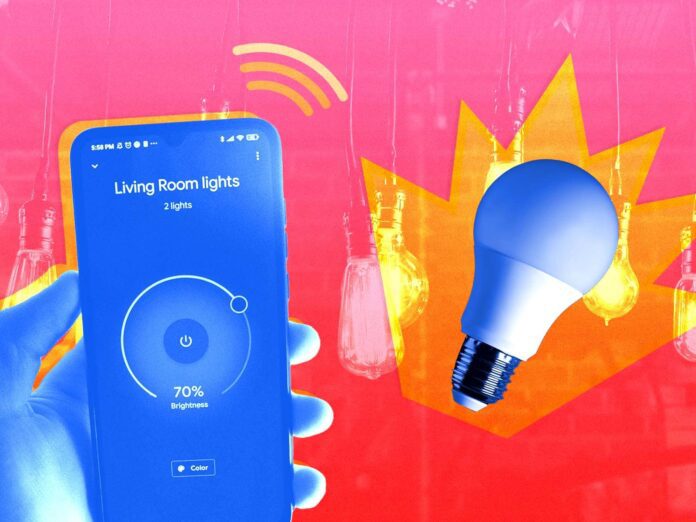
The Internet of Things (IoT) is becoming widely used in industries. It has long outgrown its original scope of application in the Smart Home. We see manufacturing, healthcare, logistics, automotive, and many other industries using the technology today. Designers face significant hurdles when creating user interface (UI) for IoT goods due to the extensive spectrum of applicability. Creating a UI for an IoT data product is very different from typical web app design or developing UX/UI for mobile apps. Let’s discuss why this is, the challenges designers face, and how successful designs for IoT apps can be developed.
IoT Design vs. Typical UX/UI Design
Creating physical designs of IoT apps is generally more difficult than traditional software products. Unlike standard web or mobile apps, IoT digital solutions includes extra layers such as various devices and interfaces with varying functionality. This includes artificial intelligence (AI), input-output data streams, user rights distribution, specialized platforms, and more. Designers must be familiar with every component of an IoT network to make the system as seamless and easy for end-users.
End-users receive only processed results from IoT devices, which share vast amounts of data. As a result, designers must examine the compatibility of various interfaces and how they collect data, link to the cloud and other platforms, and interact with humans. They must also consider the features of a network, whether it is for autonomous automobile diagnostics, climate management, supply-chain tracking, or any other activity.
Nonstandard interface design approaches have emerged because of IoT networks’ rising complexity and distinctiveness. Designers must create unique solutions for specific IoT platforms, which they frequently do through trial and error. They must create UX/UIs that can accommodate a greater number of devices and data points. As a result, IoT solutions should have adaptable and flexible interfaces that can be easily changed without causing too much disruption to the core functionality.
Challenges Facing IoT App Design
A strong intuitive design and easy-to-use interface of an application are required to manage such a complicated system and assure the commercial success of an IoT solution. The road to success in the IoT landscape is paved with obstacles. A plethora of new IoT goods are on the horizon. The number of IoT devices was 20.4 billion a year ago, and it is expected to reach 75 billion by 2025. There is a lot of competition. Many new start-ups and software behemoths like Google and Amazon regularly develop new products and improve on existing ones. Let’s take a look at a few other specific challenges facing IoT app design.
- Customer Demands Are High: Demands increase as competition increases and customers become savvier. Users prefer IoT devices that stand out from the crowd. The task is to define the users’ expectations and meet their requirements and wants. The design method necessitates extensive knowledge on determining potential users’ underlying demands and preferences.
- Dynamic Adjustment Required: The IoT landscape is rapidly changing. Variable device designs, rising IoT technological capabilities, new features, and complete fleets of devices are all key realities in today’s IoT industry. Such trends must be considered and reflected in the IoT mobile app to make a new IoT product exciting and beneficial for its end customers. In addition, IoT programs must be able to scale up and down as needed.
- Consistent User Experience: Because IoT platforms control a vast number of different devices, the IoT interface can be incredibly complicated if it is poorly designed. A smooth user experience (UX) provides an appealing and user-friendly manner to manage various object interactions. It necessitates extensive research on users‘ behavior patterns in their environments. A good IoT app design makes it easy for the user to navigate from one system element to the next.
6 Tips for IoT App Design
So, how can you create successful UX/UI designs for IoT apps? Let’s go over some tips.
#1: Personalization and User-Centricity
Personalization in app design is currently the most relevant and successful trend. When app content is not tailored, 74 percent of customers are frustrated. 89 percent of digital organizations, according to Forrester, are investing in customization. Personalization is incredibly crucial in the IoT ecosystem, but it is also challenging. For example, app designers must consider numerous groups of end-users who have access to the IoT app and design of IoT app’s UI and UX.
#2: Remote Accessibility
A quick and user-friendly remote control is another crucial element of any IoT mobile app. For example, a user may recall that he or she forgot to lock the front door on the way to work, and there is no time to use a lesson on how to close the door on the way to work remotely. The application interface’s convenience and intuitiveness will be the deciding factor in this scenario. Furthermore, reasonable remote control and an easy-to-use app interface help reduce onboarding time for new customers, especially when releasing new devices.
#3: Push-Notifications and Alerts
Notifications and alerts are the most delicate and difficult aspects of IoT mobile app design. Most IoT applications provide notifications passively, rather than actively, to avoid irritating users with excessive information and dissuading them from using the program. On the other side, completely rejecting push notifications is an approach that has failed miserably. In specific instances, users may need to be notified immediately, such as in an emergency scenario or when abnormal behavior is detected. However, the problem is determining which information should be prioritized, whether the notice should be given immediately, or whether the user should be told at the most reasonable time.
#4: Visualization of data
IoT applications must evaluate, filter, and show important data in an understandable and user-friendly manner. They must also manage massive volumes of data from diverse devices, sensors, and integrated platforms. Dashboards, charts, graphs, and tables are frequently used in IoT interfaces to make complicated operations and results easier to comprehend. The selection and display of valuable content to consumers is the most difficult aspect of IoT data visualization.
#5: Capabilities for Mobile
An imaginative designer is also required. It is crucial to predict how, when, and where people will use the app, what vital functions, and what devices they will utilize. Smartphones come with a plethora of features, such as speech recognition, NFC, RFIR readers, and location monitoring. If certain users, for example, prefer time-saving software with voice control, the app should accommodate this preference. Designers must examine all of the capabilities of mobile devices and develop IoT applications with the finest UX possible.
#6: Consistency
Consistency is one of the most critical aspects of building a mobile app. Because IoT platforms are typically complicated and managing multiple objects, devices, and systems, the design must have unifying aspects that allow users to easily traverse the numerous functionality of each linked item. Users will be able to effortlessly transition from one element of the IoT application to the next if the design is consistent.
Creating Exceptional Experience
IoT is a rapidly evolving technology used in a variety of businesses. Many companies are looking for ways to incorporate IoT into their services and provide their customers with an exceptional experience. Engaging and responsive UI is one of the most important aspects of a great customer experience. Creating user interfaces for IoT devices is far more difficult and time-consuming than creating user interfaces for traditional web and mobile apps. UX/UIs that can accommodate a greater number of devices and data points must be created for a successful IoT app design. The tips and strategies we explored will help you get started.





 Related Podcast Episode
Related Podcast Episode
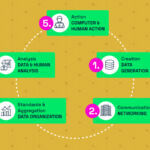



 Related Applications
Related Applications


 Latest IoT News
Latest IoT News
